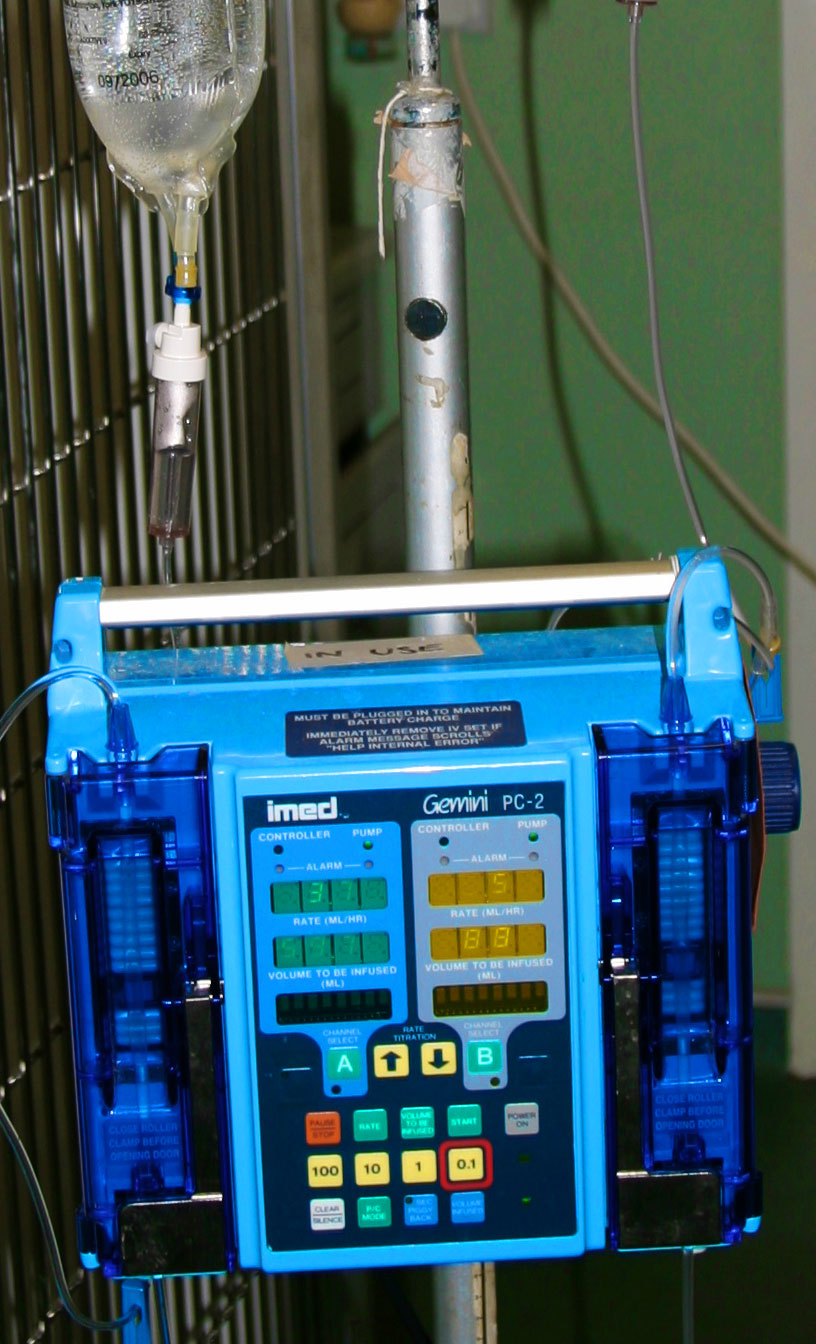
Clinical examination for dehydration is one method used for assessing whether or not an animal needs fluid therapy.
The skin tents at approximately 6% dehydration, and this is the sign most readily used by veterinary clinicians.
But in addition, with progressive dehydration:
- the eyes may become sunken due to dehydration of the retrobulbar fat pad
- heart rate increases
- pulse quality decreases and there may be absent peripheral pulses
- capillary refill time will increase
- there are changes in mucous membrane colour
- extremities may become cold
- urine output is decreased
- progressive obtundation is seen
The disadvantage of all of these signs are that they are very subjective.
Next week, we shall look at objective assessment of dehydration.

Leave a Reply